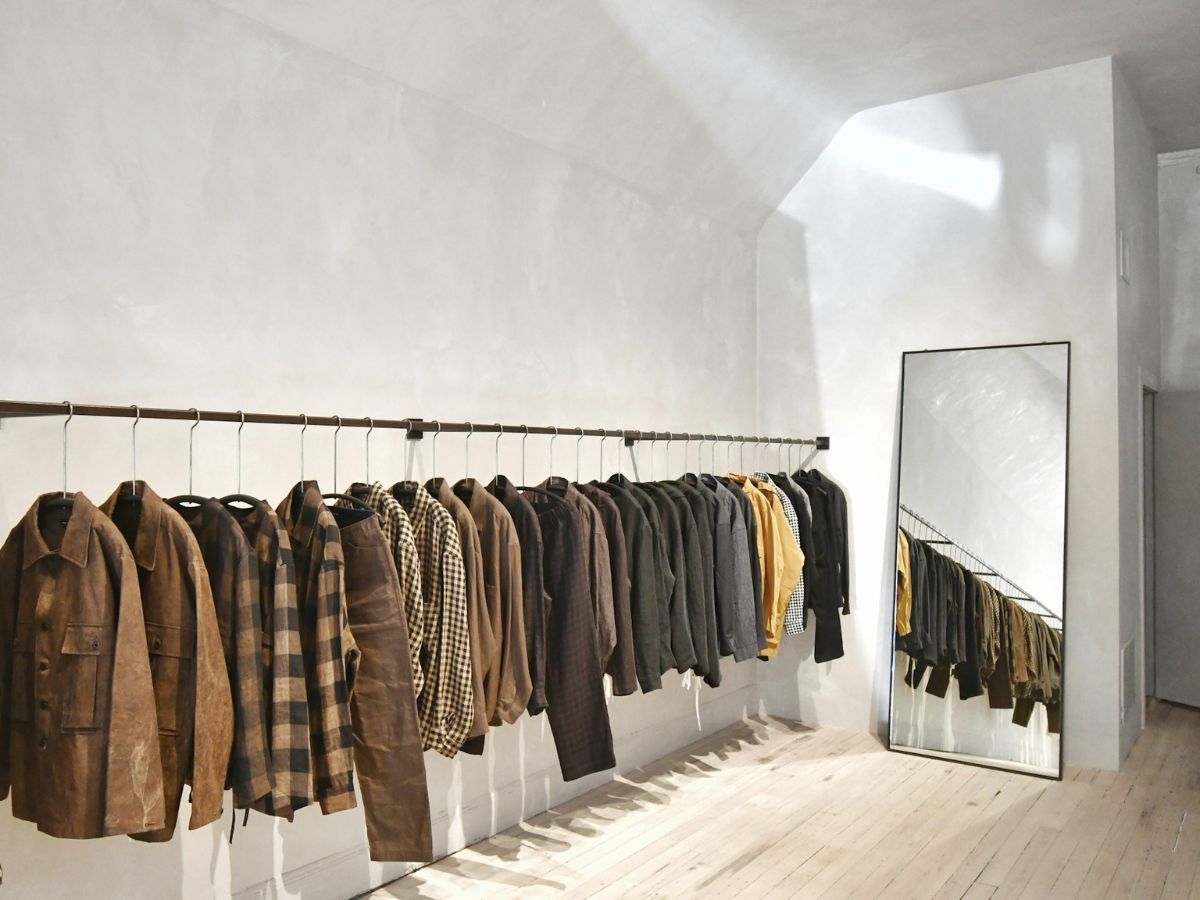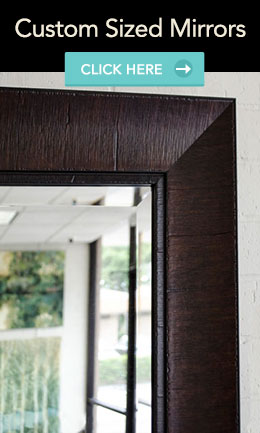
Enhancing Commercial Spaces with Strategic Mirror Placement
Mirrors are more than mere decorative elements; they are powerful tools for interior designers and remodeling professionals. When thoughtfully used into commercial spaces, mirrors can significantly enhance functionality and aesthetics, leading to improved customer experiences and potentially increased revenue.
Creating the Illusion of Space
In bustling commercial environments, space is often at a premium. Mirrors can create the illusion of a larger area, making confined spaces feel more open and inviting. By reflecting adjacent areas, mirrors trick the eye into perceiving extended space, which is particularly beneficial in retail stores, restaurants, and offices where maximizing perceived space can enhance comfort and customer satisfaction.
Amplifying Natural and Artificial Light
Proper lighting is crucial in commercial settings, influencing ambiance and functionality. Mirrors reflect both natural and artificial light, effectively brightening interiors without additional energy consumption. Placing mirrors opposite windows can amplify daylight, reducing reliance on artificial lighting and contributing to energy efficiency. In dimly lit areas, mirrors can distribute existing light more evenly, creating a welcoming atmosphere that highlights products or key features.
Enhancing Aesthetic Appeal
Beyond their practical benefits, mirrors serve as versatile design elements that can elevate the visual appeal of a space. Available in various shapes, sizes, and styles, mirrors can complement and enhance interior themes. For example, beveled mirrors add a touch of sophistication, while large wall mirrors can serve as striking focal points. Incorporating mirrors with decorative frames or unique designs can further personalize a space, reflecting the brand’s identity and creating memorable impressions on clients and customers.
Practical Applications in Various Commercial Settings
- Retail Stores: Mirrors can make shopping areas appear more spacious and allow customers to view products from different angles, enhancing the shopping experience.
- Restaurants and Cafés: Strategically placed mirrors can create a sense of openness and reflect ambient lighting, contributing to a cozy and inviting dining atmosphere.
- Offices: In corporate settings, mirrors can be used to distribute light more effectively, reduce the need for additional fixtures, and create a modern, professional aesthetic.
- Gyms and Fitness Centers: Large mirrors are essential for patrons to monitor their form during exercises, promoting safety and effectiveness.
Considerations for Effective Mirror Integration
While mirrors offer numerous benefits, thoughtful placement is essential to avoid common pitfalls. Ensure mirrors reflect appealing views or focal points to enhance the desired effect. Avoid overuse, which can lead to a disorienting environment. Additionally, consider the scale and proportion of mirrors relative to the space to maintain balance and harmony in the design.
Incorporating mirrors into commercial spaces is a strategic move that blends form and function. For interior designers and remodeling professionals, leveraging the reflective properties of mirrors can transform environments, making them more spacious, brighter, and aesthetically pleasing. By understanding and applying these principles, professionals can create commercial spaces that not only meet functional needs but also leave a lasting visual impact.


